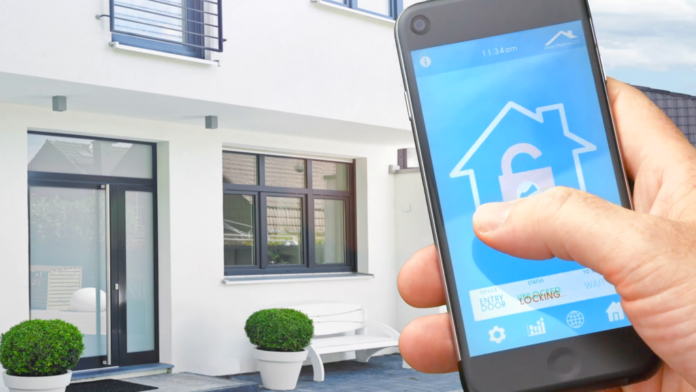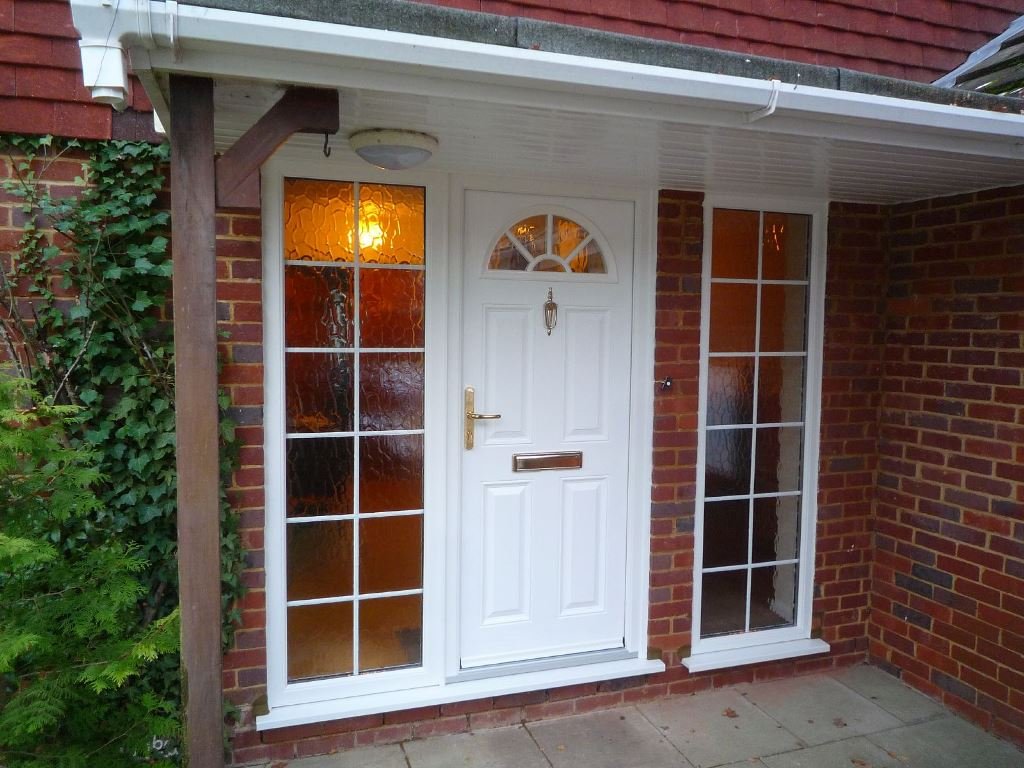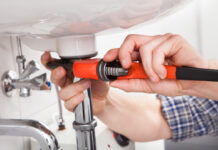It is sad to suffer financial loss and emotional trauma when burglary strikes your home. It is important to place safety as your top priority in your home, and to remember that prevention is always better than cure.
Burglary facts
Across the US, the top property crime concern is home burglary. A burglary happens every 25.7 seconds. This is over two burglaries per minute and over 3,300 burglaries each day.
Average loss from a break-in is $2,799. Burglaries also have a large emotional toll from the loss of the feeling of security and loss of property with sentimental value. More burglaries occur during the middle of the day, and are more often done in the summer. There are also more burglaries in rural states compared to large cities. Renters are usually more burglarized than homeowners.
Securing your home
Although it is not always possible to prevent your house from being burglarized, you can make proactive measures now to make such an event much less likely to happen. Below are some home securing tips and ideas you can adopt.
Get a home security system installed
It is worthwhile to protect your home and belongings by investing in a home alarm and security system. Some of these equipment also come with monitoring plans. It is also a good idea to advertise your home security system with signs on entry points on your house. Burglars tend to skip houses with security systems, preferring easier targets.
Install security cameras
Burglars can get scared by the simple installation of security cameras outside. Doorbell video cameras also let you monitor your visitors and let burglars be aware they are being watched.
Secure Your Wi-Fi Network
It is always great to have a wireless network at home and home automation. However, it can also be the burglars’ means of accessing your property. If you have your Wi-Fi network connected to the home security system, criminals can potentially get access to your house. To make sure you are not vulnerable, secure your router and enable Wi-Fi Protected Access encryption. You can also hide and rename the home network, set up a firewall, install anti-malware and antivirus programs, and make sure you have strong passwords.
Keep Your Home Appear Occupied
Always make sure you keep your home looking like there are people at home. Install lamps with timers. Use timers on lights in various parts of the house to project the appearance that different rooms are being occupied.
Let the radio or television remain open. These sounds are sometimes enough to deter criminals, thinking you are at home. TVs also produce moving light that provides the illusion of activity.
Leave some blinds or curtains open. These create the illusion of an occupied home, and they allow the lights from the TV and timed lamps to be seen. They also let your neighbors and the police see inside the house as needed.
Park your car on the driveway. It advertises to everyone that you are at home.
Have a well-lit surrounding
Open porchlights at night to drive away potential burglars. Landscape lights near windows provide more visibility around your home.
Manage plants to your advantage
Being conscientious about landscaping and lawnmowing help prevent burglaries. Trimmed trees, bushes, and shrubs prevent them from becoming hiding areas. When you go on a trip or vacation, have someone mow your lawn so that your home would not appear vacant.
You can also plant spiked and thorny plants like juniper, holly, or blackberry bushes on your window fronts to deter burglars from getting too close.
Get a dog
The dog may not bite, but it can still deter burglars by its barking as it brings attention to the house, and burglars want to avoid attention at all costs.
Secure exterior doors
They are the most common points of entry by burglars. Potential weaknesses exist on doors, including the lockset and handle, hinges and hinge mounting screws, door strength, and the frame or jamb. French doors, sliding patio doors, and glass doors are also vulnerable.
Install deadbolt locks and do not rely solely on your door handles’ spring-latch locks. Use door armor kits. They have better, longer screws, hefty strike plates to reinforce deadbolts and handles, and metal frames for hinges and handles and locks. Auxiliary locks can be installed on sliding doors, such as vertical bolt locks, security bars, and loop locks.
Security bars can secure French doors. Also make sure the hinge pins are inside. Glass doors can be installed with security film.
Secure your garage door
Avoid leaving the garage door opener in the vehicle. Secure the emergency release with a zip tie or a barrier between your door release and the top of your door. Use garage door sensor, preferably with auto-closing mechanism.
For extra security, install a deadbolt lock on the door access from the garage to your home. Installing a peep-hole viewer on this door lets you inspect your garage without having to open the door. Motion-detecting, bright lights in your garage also brings attention when the garage door is opened.
Secure your windows
Windows can be secured by using reinforced laminated or tempered glass or polycarbonate acrylic windows. Use multiple glass panes instead of just a single large pane. Additional window locks are also simple and cheap ways to reinforce windows. Window bars on the exterior also add protection. Thick security film are also a great way to increase protection.





















